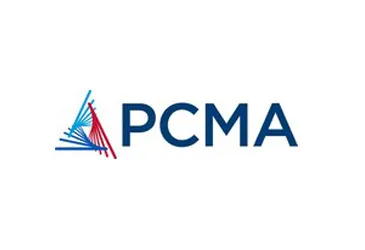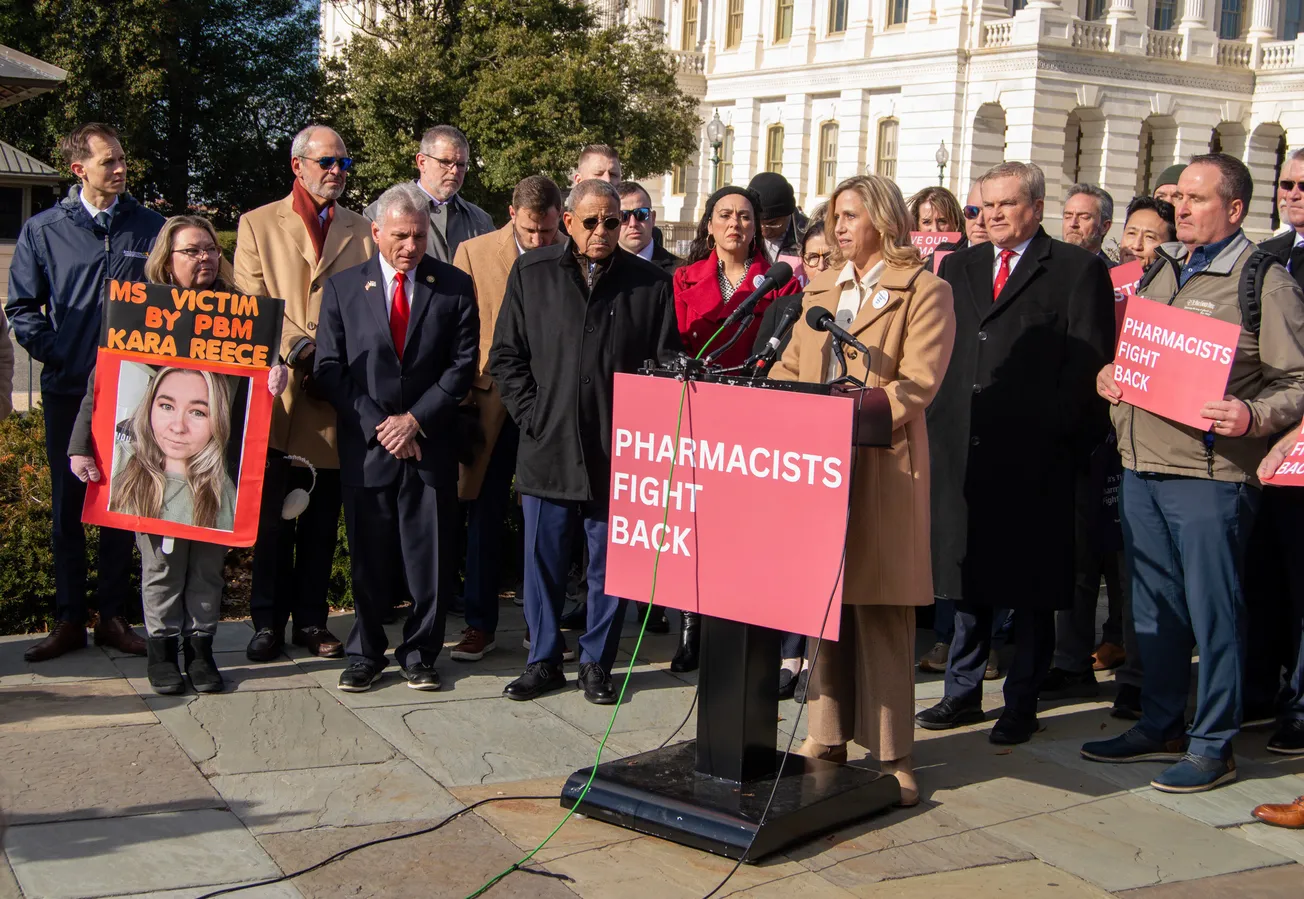WASHINGTON — What are PSAOs? Pharmacy Services Administrative Organizations, PSAOs, support America’s independent pharmacies by negotiating with PBMs on contracts for reimbursement rates and inclusion in pharmacy networks. More than 89 percent of the independent pharmacies in the nation work with PSAOs.
Most people believe that independent community pharmacies are individual “mom and pop” proprietorships standing alone in the face of drug manufacturers, pharmacy benefit managers (PBMs), and health plans. But the reality is most independent community pharmacies are part of these large, sophisticated negotiating pacts – PSAOs - that leverage their membership (i.e., the pharmacies they contract with) to secure favorable contracts with other members of the pharmaceutical supply and payment chain.
The Pharmaceutical Care Management Association (PCMA) released new research that highlights how the majority of independent pharmacies use PSAOs to help them achieve scale and keep them competitive.
The largest PSAOs are owned by large drug wholesalers that help leverage greater scale and resources to “help independent pharmacies better negotiate with pharmacy benefit managers—the entities that manage prescription drug coverage for health plans, employers, and others,” explained by Bloomberg Law reporter Celine Castronuovo. The article also noted that, “Three wholesale companies are responsible for roughly 90% of US prescription drug distribution–AmerisourceBergen Corp., Cardinal Health Inc., and McKesson Corp.”
PSAOs leverage their scale to provide a wide range of business services including helping independent pharmacies secure favorable reimbursement rates.
In fact, a recent report from Dennis W. Carlton, Ph.D., David McDaniel Keller Professor of Economics Emeritus at the University of Chicago Booth School of Business, found that reimbursement rates paid to independent pharmacies are generally higher than the reimbursement rates paid to non-affiliated chain pharmacies, for both non-specialty branded drugs (four percent higher for independents) and non-specialty generic drugs (24 percent higher for independents).
The work of PSAOs has helped allow the gross margins of independent pharmacies to stay stable over time, fluctuating slightly between 21.1% and 20.1% from 2018 to 2022.
The success and stability of the entire pharmacy marketplace is a good thing for patients. A strong relationship between PBMs and pharmacies means a better experience and more affordability for patients, which is why pharmacy benefit companies work closely with pharmacies of all sizes to support patients’ access to prescription drugs.
In fact, PBMs offer innovative programs to support rural pharmacies through higher reimbursements, tailored rural pharmacy networks, and programs to advance clinical services.
See the new research on PSAOs HERE.







